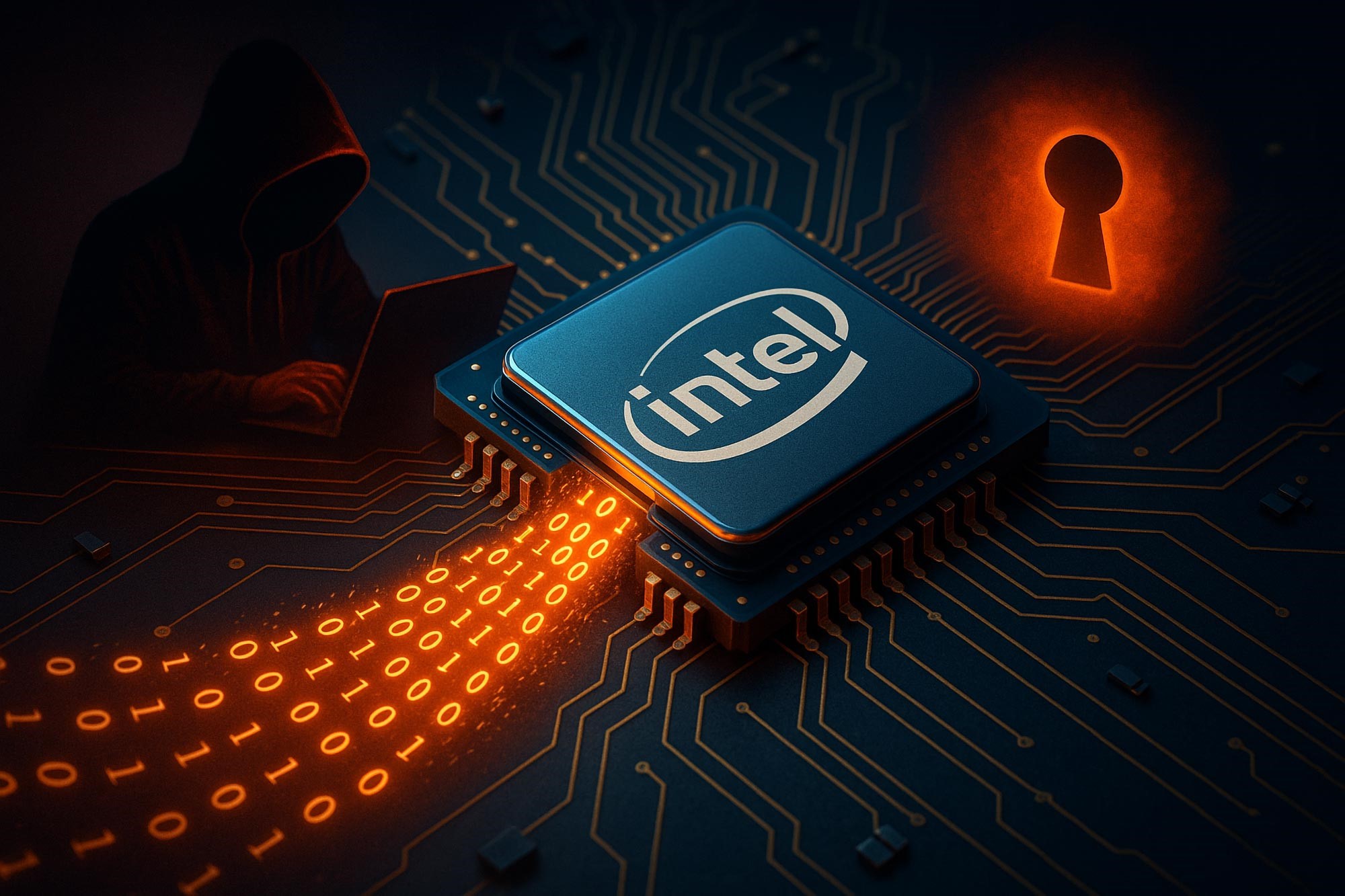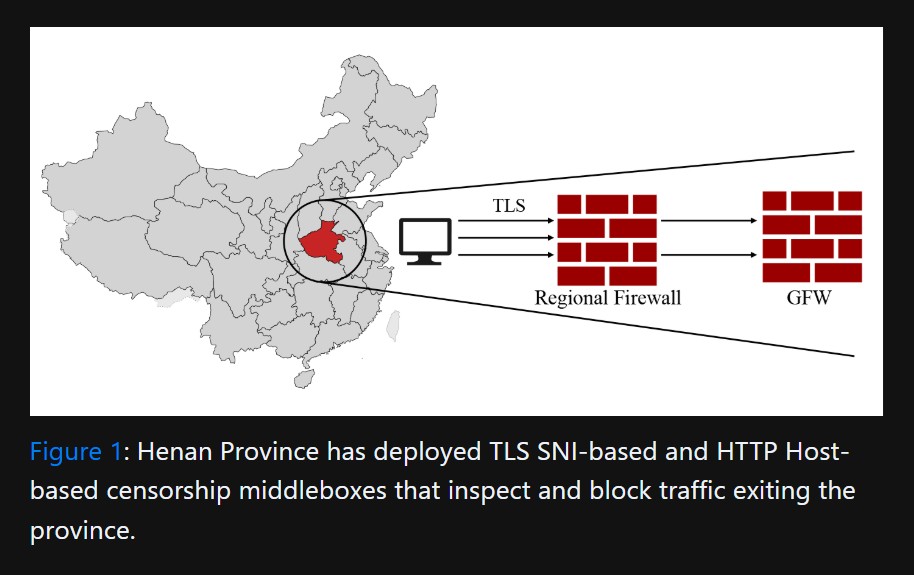Enhancing Secure Information Sharing in Defence Networks
SMX executive explains how design, integration, and zero trust keep mission-critical information sharing secure in defence networks
As digital ecosystems grow more complex and interconnected, securing networks has become a formidable challenge. SMX has established itself as a trusted partner for governments and military clients by delivering top-tier security solutions.
Specialising in next-generation cloud, C5ISR, and advanced engineering and IT services, SMX creates innovative solutions for intricate multinational defence networks. Acting as both a technology integrator and service provider, SMX designs, implements, and manages secure information-sharing environments with a strong emphasis on Mission Partner Environments (MPEs) and zero trust architectures—transforming how countries collaborate digitally.

Figure 1. smx: Advancing Secure Info Sharing in Defence Networks
SMX’s expertise covers project management, systems integration, and advanced cybersecurity solutions. Their work is especially vital in the Indo-Pacific region, where they assist the US Indo-Pacific Command (INDOPACOM) in building resilient and secure communication networks among allied nations. Figure 1 shows SMX: Advancing Secure Info Sharing in Defence Networks.
Transforming Collaborative Environments
SMX is leading innovation in secure, multi-national information sharing through its work on the Indo-Pacific Mission Network (IMN). This initiative aims to establish a zero trust, data-centric Mission Partner Environment (MPE) that facilitates collaboration among allied nations. Dana Dewey, President of SMX’s Mission Solutions Group, emphasizes the intricate nature of these environments, which involve complex technology and strict governance frameworks influenced by both technical requirements and international partnerships. SMX’s strength as a systems integrator enables it to effectively manage these challenges—designing, testing, and validating the IMN while ensuring it meets the security and collaboration needs of military and government stakeholders.
Integrating Zero Trust Architecture
SMX is leading the way in implementing zero trust architecture within Mission Partner Environments (MPEs), a critical innovation that comes with significant challenges. According to Dana Dewey, IMN plays a vital role in safeguarding U.S. information and its partner networks. To address this, SMX employs a risk-informed assessment strategy that responds to real-world threats and known vulnerabilities. This tailored approach aligns with diverse governance frameworks, including the established Risk Management Framework (RMF) and emerging standards tied to zero trust and data-centric security.
Protecting the Future of Multi-Cloud Strategies
SMX is future-focused on advancing multi-cloud strategies, partnering with clients to develop tailored roadmaps for designing and deploying flexible cloud solutions. According to Mission Solutions Group President Dana Dewey, SMX leverages its strong relationships with multiple cloud providers and mission-driven approach to deliver scalable services that meet rapidly changing operational demands. Emphasizing the agility of SaaS and cloud technologies, SMX aims to implement adaptive methodologies that evolve with shifting geopolitical and mission requirements, further cementing its role as a trusted, mission-oriented solutions provider for government partners.
Through its commitment to zero trust architectures, multi-cloud strategies, and agile methodologies, SMX is not merely responding to the cybersecurity demands of complex Mission Partner Environments—it is actively shaping the future. By anticipating and addressing the evolving needs of its security-critical clients, SMX is leading the way in ensuring that multi-national defence information sharing remains robust and secure in an increasingly dynamic threat landscape.
References:
- https://technologymagazine.com/articles/smx-developing-secure-information-sharing-in-defence-networ
Cite this article:
Janani R (2025), Enhancing Secure Information Sharing in Defence Networks, AnaTechMaz, pp. 170















